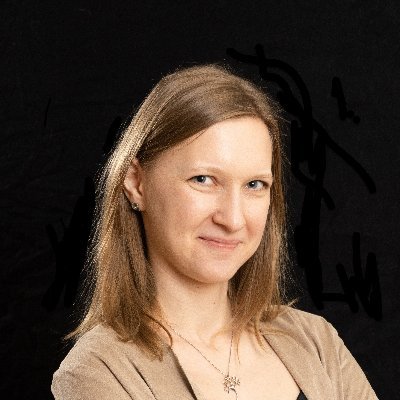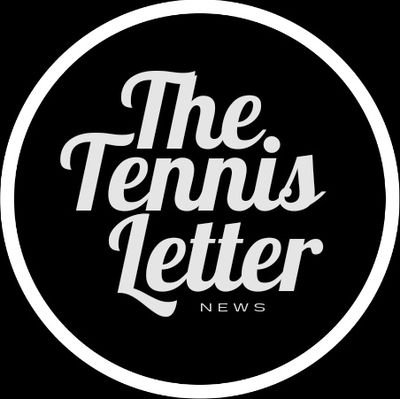
Taha Binhuraib 🦉
@NeuroTaha
Followers
506
Following
3K
Media
26
Statuses
841
Language processing in Brains vs Machines PhD student @georgiatech
Atlanta
Joined October 2014
A fun collaborative project! We leverage TunedLens (~linear decoding of tokens) to explore how LLMs' internal representations change from layer to layer. 1/
🧠 New preprint: How Do LLMs Use Their Depth? We uncover a “Guess-then-Refine” mechanism across layers - early layers predict high-frequency tokens as guesses; later layers refine them as context builds Paper - https://t.co/5PitHjmJJZ
@neuranna @GopalaSpeech @berkeley_ai
1
6
29
It's been more than a year, but the EWoK (Elements of World Knowledge) paper is finally out in TACL! tl;dr: language models learn basic social concepts way easier than physical and spatial concepts. https://t.co/NW78qjEx51
direct.mit.edu
Abstract. The ability to build and reason about models of the world is essential for situated language understanding. But evaluating world modeling capabilities in modern AI systems—especially those...
💡New work! Do LLMs learn foundational concepts required to build world models? We address this question with 🌐🐨EWoK (Elements of World Knowledge)🐨🌐, a flexible cognition-inspired framework to test knowledge across physical and social domains https://t.co/F0WOt0uEMv 🧵👇
2
8
37
Startups I’m bullish on 🐂 Open Asteroid Impact ☄️ Center for the alignment of alignment centers ⚖️ Replacement AI 🤖 Living in the future is awesome👊
0
1
1
Excited to be part of this cool work led by @melikahnd_1! We show that by selectively targeting VLM units that mirror the brain’s visual word form area, models develop dyslexic-like reading impairments, while leaving other abilities intact!! 🧠🤖 Details in the 🧵👇
🦾🧠 New Preprint!! What happens if we induce dyslexia in vision–language models? By ablating VWFA-analogous units, we show that models reproduce selective reading impairments similar to human dyslexia. 📄
4
12
71
As our lab started to build encoding 🧠 models, we were trying to figure out best practices in the field. So @NeuroTaha built a library to easily compare design choices & model features across datasets! We hope it will be useful to the community & plan to keep expanding it! 1/
🚨 Paper alert: To appear in the DBM Neurips Workshop LITcoder: A General-Purpose Library for Building and Comparing Encoding Models 📄 arxiv: https://t.co/jXoYcIkpsC 🔗 project: https://t.co/UHtzfGGriY
1
6
37
Fun! 🎉 Don’t forget to try our interactive widget on the project website. Test some of the encoding models in the paper and visualize brain predictivity right in your browser 🤗🧠
0
0
4
✨ Takeaway: LITcoder lowers barriers to reproducible, comparable encoding models and provides infrastructure for methodological rigor.
1
0
4
We also highlight pitfalls & controls: 🚩 Shuffled folds inflate scores due to autocorrelation ✅ Contiguous + trimmed folds give realistic benchmarks ⚠️ Head motion reliably reduces predictivity
1
0
4
📊 Replicating past results 1️⃣ Language models outperform baselines, embeddings, and speech models in predicting the language network 2️⃣ Larger models yield higher predictivity 3️⃣ Downsampling and FIR choices substantially shape results
1
0
4
We showcase LITcoder on 3 story-listening fMRI datasets: 1️⃣ Narratives 2️⃣ Little Prince 3️⃣ LeBel Comparing features, regions, and temporal modeling strategies. 🛑 Currently, we support language stimuli But the framework is extensible to other modalities(Video coming soon!)
1
0
4
The library is composed of four main modules: 1️⃣ AssemblyGenerator 2️⃣ FeatureExtractor 3️⃣ Downsampler 4️⃣ Mapping
1
0
4
Why this matters: Encoding models link AI representations to brain activity, but… 1. Pipelines are often ad hoc 2. Methodological choices vary 3. Results are hard to compare & reproduce LITcoder fixes this with a general-purpose, modular backend.
1
0
4
🚨 Paper alert: To appear in the DBM Neurips Workshop LITcoder: A General-Purpose Library for Building and Comparing Encoding Models 📄 arxiv: https://t.co/jXoYcIkpsC 🔗 project: https://t.co/UHtzfGGriY
3
13
24
Many thanks to the volunteer organizers and presenters for making the CCN watch party at Georgia Tech a success! And thanks attendees for coming&engaging in discussions! @V1o6ynne @NeuroTaha @alishdipani @jwilldecker @EyasAyesh @Ruimin_G Elliot Huang @PsychBoyH Eslam Abdelaleem
Atlanta community: we are organizing a @CogCompNeuro watch party! Watch the talks, engage in structured discussions, and (optionally) present your own work. Register: https://t.co/vCWgF65qg7 Schedule: https://t.co/d6lsPWfKe9
1
3
32
For more details, check out the original paper thread: https://t.co/fuWpfumPEo Huge thanks to my incredible collaborators: @GretaTuckute, @yingtian80536, @NeuroTaha and my advisors @ABosselut and @martin_schrimpf See you at CCN! 🧠
🚨 New Preprint!! LLMs trained on next-word prediction (NWP) show high alignment with brain recordings. But what drives this alignment—linguistic structure or world knowledge? And how does this alignment evolve during training? Our new paper explores these questions. 👇🧵
0
6
15
Can't wait for #CCN2025! Drop by to say hi to me / collaborators! @bkhmsi @yingtian80536 @NeuroTaha @ABosselut @martin_schrimpf @devarda_a @saima_mm @ev_fedorenko @elizj_lee @cvnlab
0
14
78








